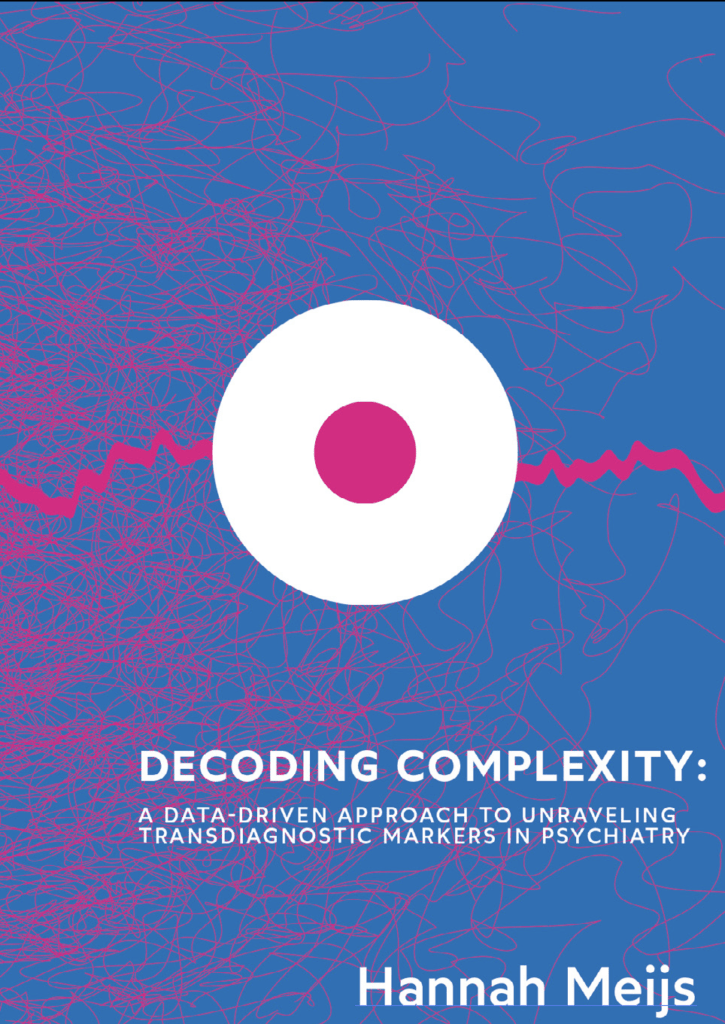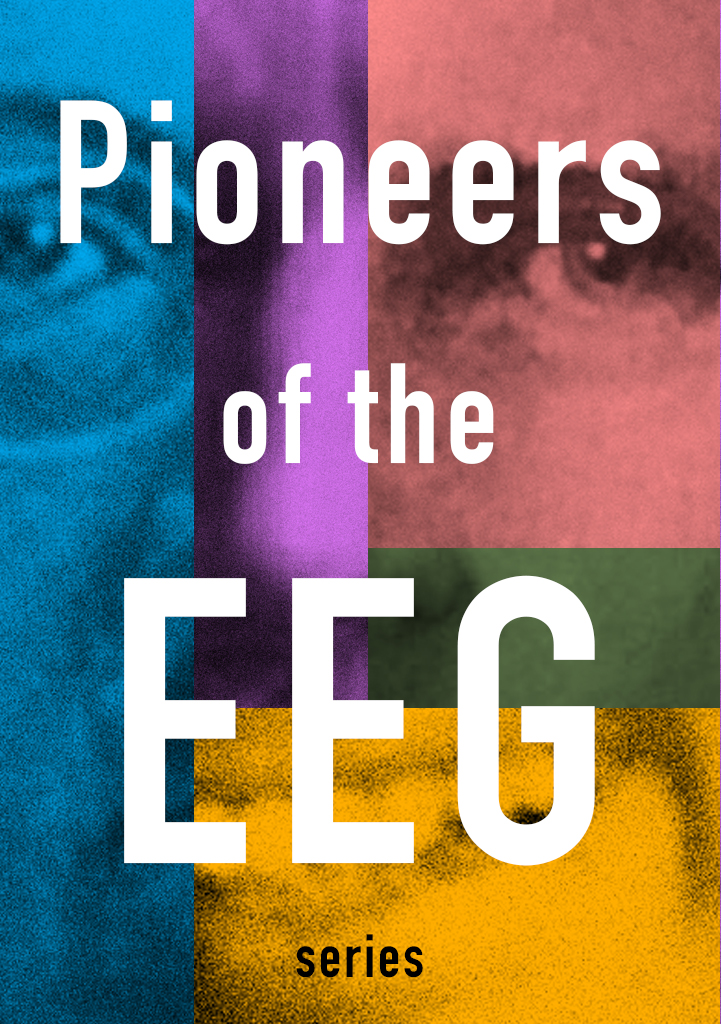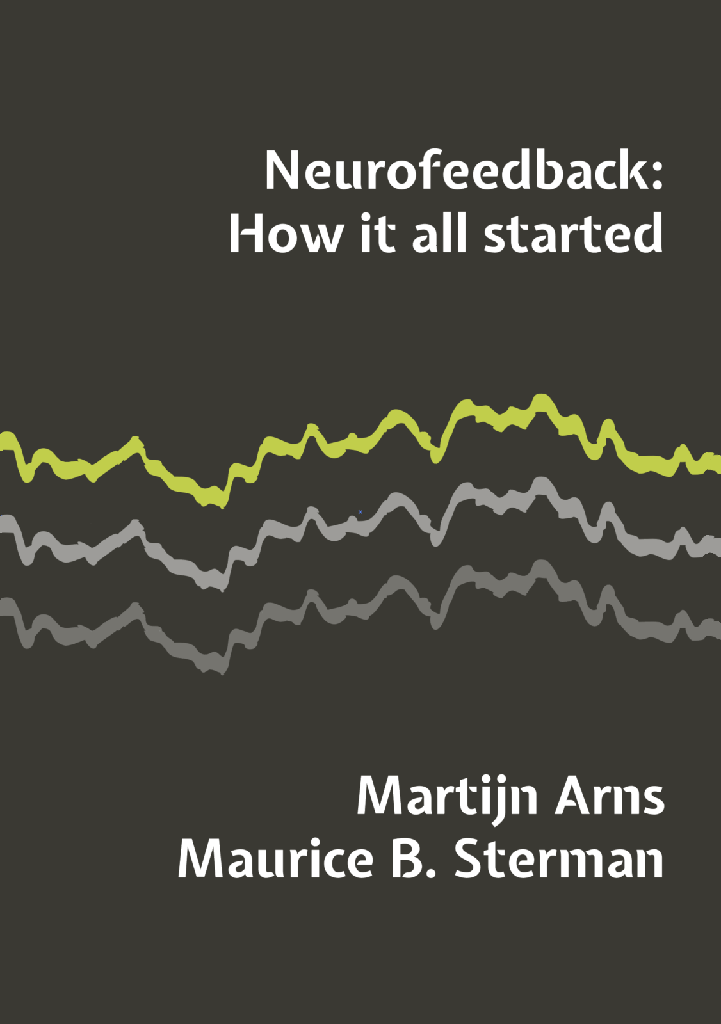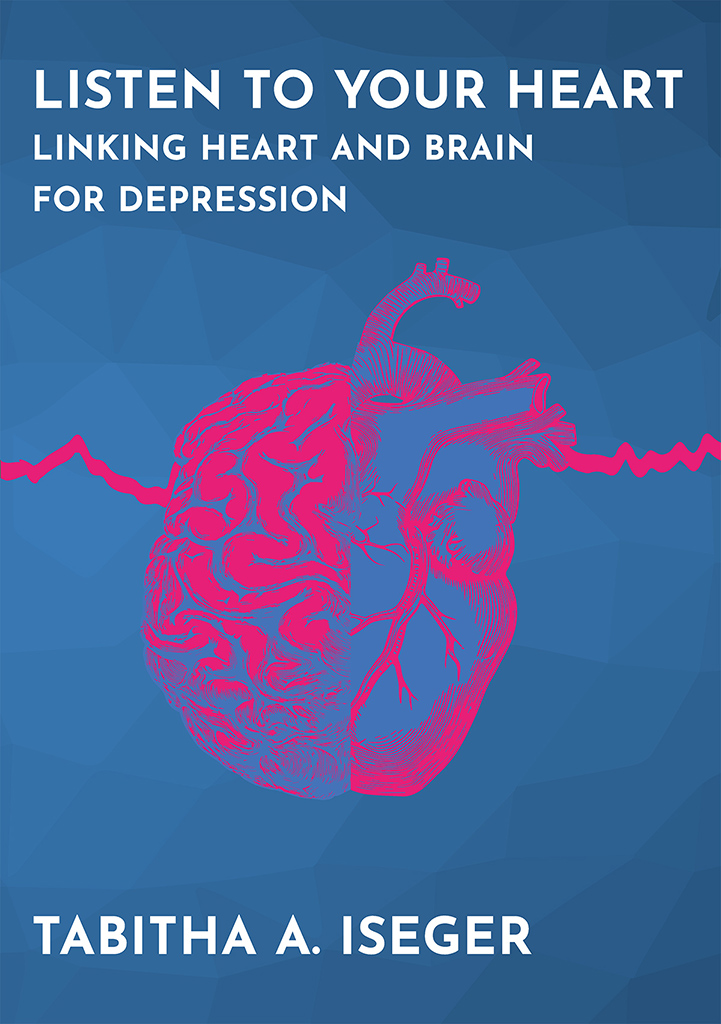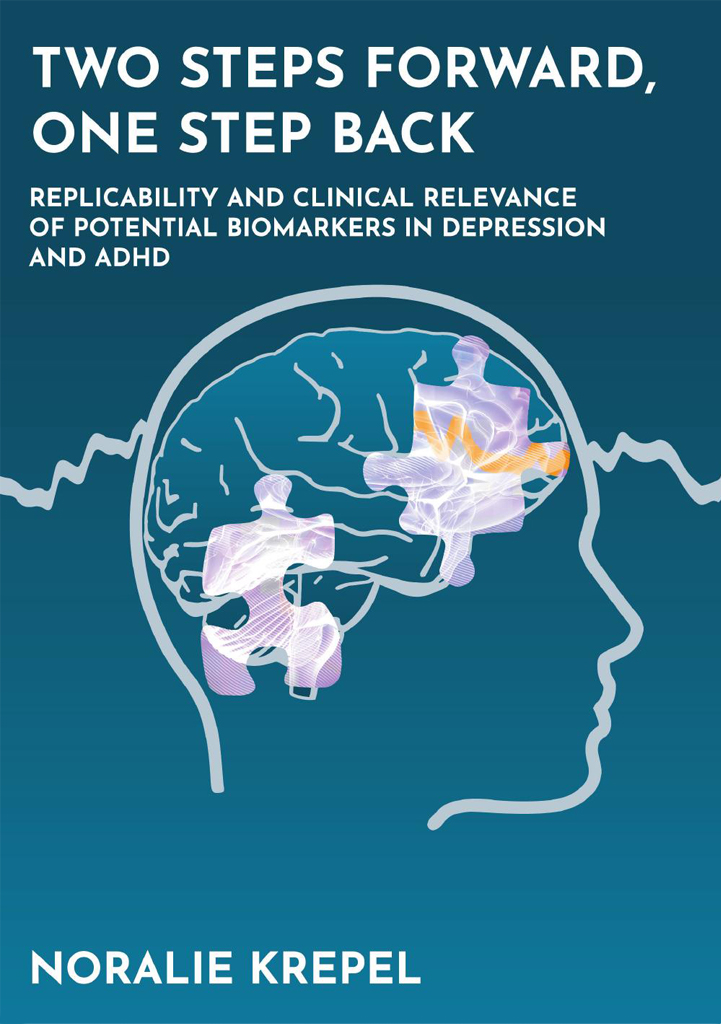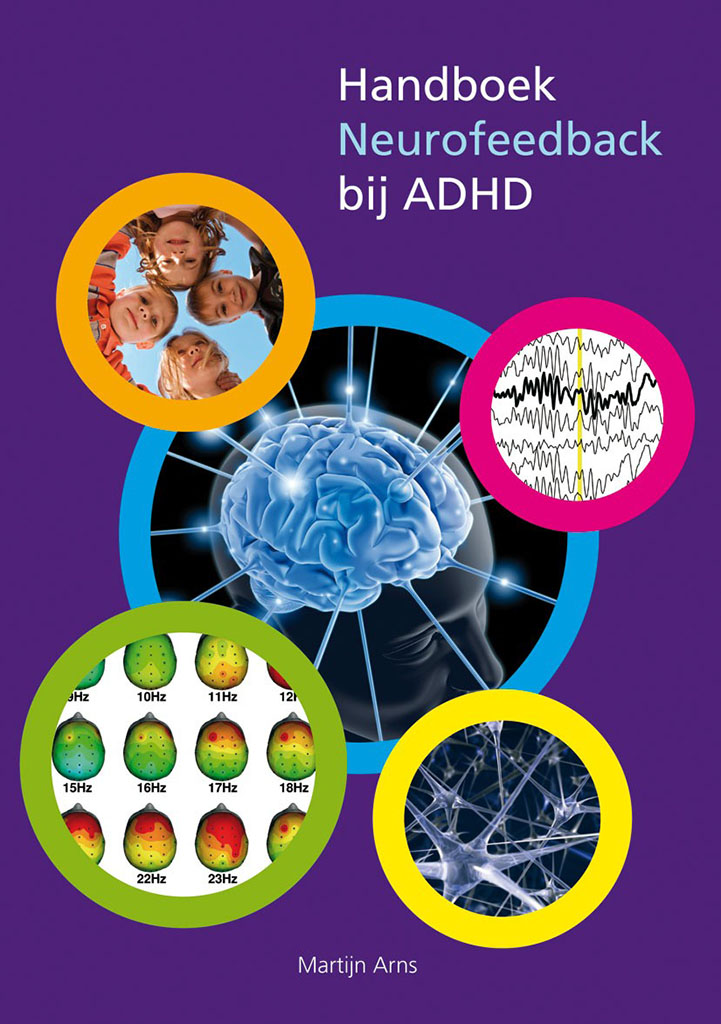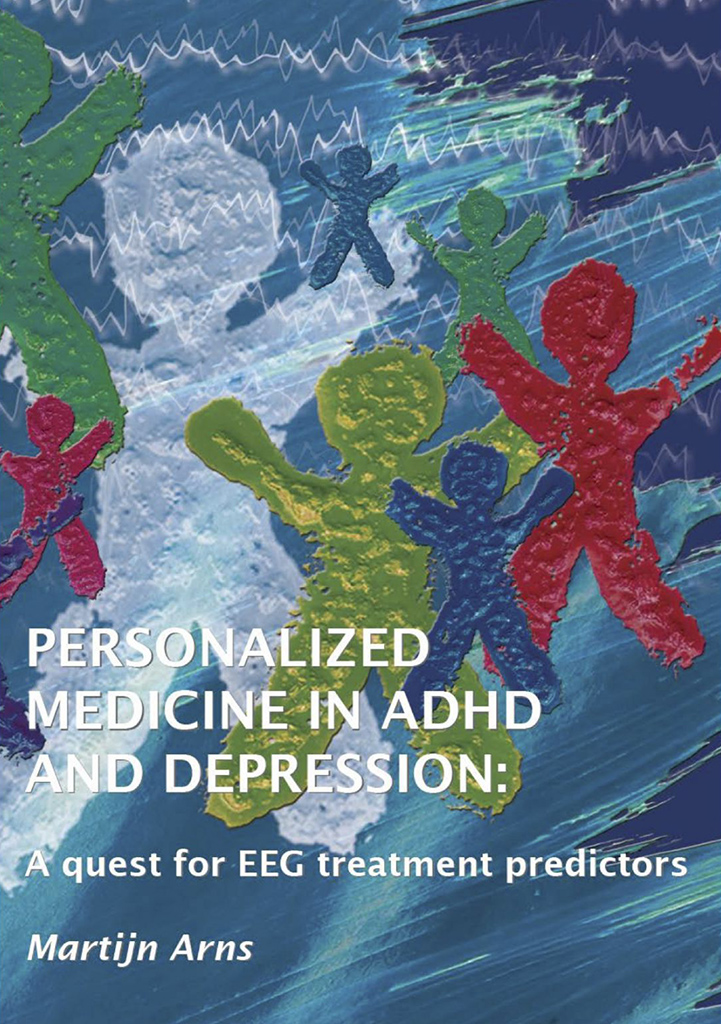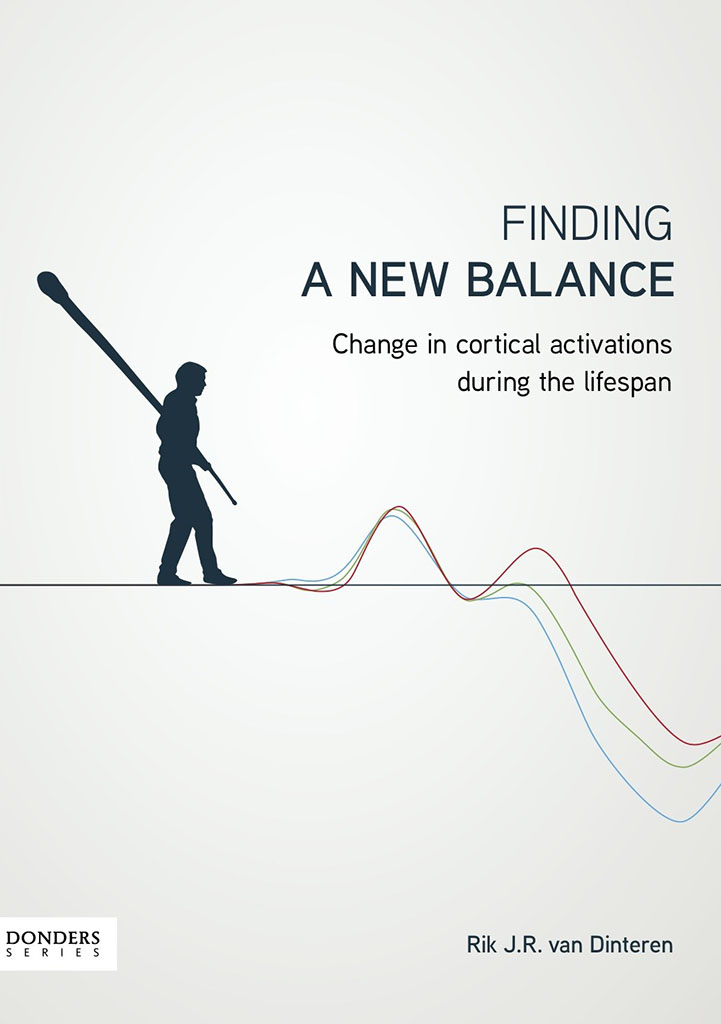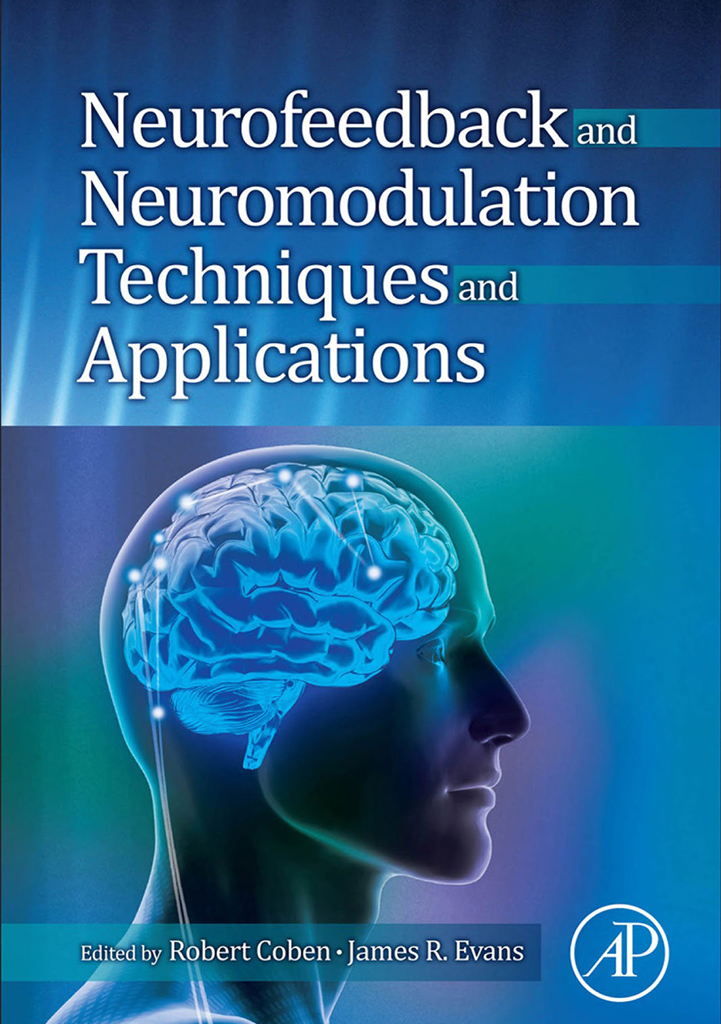Insights Publishing
Sharing Knowledge
Brainclinics Insights is the publishing division of our foundation. Its mission is to make the knowledge, expertise and especially ‘Insights’ gained through our research, widely available through books, PhD theses and interactive media.
read more
To serve the goal of the Brainclinics Foundation, all proceeds are fully invested into Research Institute Brainclinics and Brainclinics Insights, which creates an unprecedented synergy between these divisions and makes it possible to perform research and share new future insights into applied neuroscience as well.
At the Brainclinics Foundation, it is all about the research and its application!
Independence
The most important pillar of our philosophy and mission is independence. Our non-profit foundation status ensures it is all about knowledge creation and content and our independence from companies and universities,, but collaboration with companies and universitites ensures we conduct research independently and free of bias, but is focused on clinical relevance, or as stated in our misison: Applied Neuroscience from the clinic, to the clinic!
rTMS Poster
Spruce up your waiting room, reception or treatment chamber with this beautiful and scientifically accurate poster, showing the application and locations for rTMS for OCD and MDD. It's an excellent talking point to walk your client through the procedure. It also features the updated Homunculus figure, and an example of the DASH rTMS protocol.
Printed on high quality 200 grams matte photo paper, using 8 waterbased pigment ink colors for greater accuracy and excellent lightfastness. Order it now.
Shipped unframed, in a sturdy cardboard box.
The rTMS Poster is available now. Order it here
Brainclinics presents: The Origins Of Brain Stimulation
Records of electrical stimulation of the brain date back to the early civilizations. Pliny The Elder and Galen of Pergamum described the use of living torpedo fish to cure headaches via their electrical discharges.
Epilepsy could be cured by using electric catfish, according to Ibn-Sidah, an 11th century physician, and in the 18th century direct current was applied in the treatment of melancholia.
In the last 50 years the efficacy of brain stimulation has improved greatly, at the same time the physical discomfort often associated with some methods has diminished.
Our new series on the fascinating history of electrical stimulation of the brain kicks off with a unique video: Professors John Rothwell and Anthony Barker reminiscing about the invention of TMS.
In the short videos we’ll be publishing in the following months we’ll be looking at the history, application and efficacy of different methods of brain stimulation in more detail.
Please enjoy it here
Brainclinics presents: Pioneers of the EEG
The electroencephalogram, or EEG, measures electrical activity in the brain and as such it is an excellent tool to, for instance, diagnose epilepsy or sleep disorders. The history of this valuable invention starts with Richard Caton, and his first publication on this subject in 1875. The Brainclinics Foundation presents an ongoing series of short documentaries, highlighting the crucial scientists who represent the dawn of a new era in Brain research.
Please enjoy it here
Neurofeedback: How it all started
Neurofeedback offers exciting potential for understanding the brain and human behavior. It is helpful as the treatment of epilepsy and ADHD. Its rich history, starting with the discovery of the EEG in 1875, via the beginnings of the field of neurofeedback in 1936, to the foundation of the clinical application in the summer of 1969 is finally brought to life.
It’s a compelling read, often from an eyewitness account, in which we meet an eccentric Wallstreet millionaire and a telepathy-inspired psychiatrist. We read about a Soviet scientists’ encounter with Stalin, get to know a British Baron, a former street gang member and a group of forward thinking West Coast scientists. Discover how they all played a vital role in shaping the future of neuroscience and neurofeedback.
Neurofeedback: How it all started is available as a printed and bound hardcover edition or in EPUB format. Order it here
Listen to your heart
Within this thesis the depression network in the brain is investigated, in order to unravel the pathophysiology underlying depression and gain more insights into the possibilities to optimize and personalize rTMS treatments.
Listen to your heart is available as a free download in EPUB or PDF format here
EEG biomarkers in depression
With the aim to improve treatment outcome in depressed patients, this book describes the first steps towards the implementation of an EEG biomarker informed protocol. We zoom in on detailed characteristics of biomarkers that proved to be promising. We attempt to utilize automated processes for fast, professionalized EEG assessments. We developed a protocol in which all knowledge on biomarker informed AD prescription was implemented, and performed a feasibility trial. We also compare protocol outcomes with the results of a control group.
EEG biomarkers in depression is available as a free download in EPUB or PDF format here
Two steps forward, one step back
A study of the potential of biomarkers to make informed treatment decisions and increase the effectiveness of psychiatric treatment as a path forward to stratified psychiatry and eventually personalized medicine.
Two steps forward, one step back is available as a free download in EPUB or PDF format here
Handboek neurofeedback bij ADHD
Neurofeedback is a strongly emerging treatment that is increasingly being used in the Netherlands. Recent research has shown that Neurofeedback for the treatment of ADHD can be seen as a proven effective treatment method. This book provides an overview of what ADHD actually entails in the clinical, neuropsychological, and neurophysiological field. Furthermore, this book describes how Neurofeedback is used as a treatment method for ADHD, as well as the psychological embedding of Neurofeedback in practice.
Handboek Neurofeedback bij ADHD is available as a hardcover edition. Order it here
Personalized medicine in ADHD and depression
This book investigates what the value of neurophysiological techniques such as EEG and ERPs is in predicting treatment outcome in ADHD and depression. Presented are promising findings for these techniques and the application of these techniques to personalize treatments in ADHD and depression, thus improving treatment efficacy.
Personalized medicine in ADHD and depression is available as a free download in PDF format here
Finding a new balance
This book examines the validity of an ERP index that is suitable for quantifying and indexing cognitive ageing in both healthy and clinical populations.
Finding a new balance is available as a free download in PDF format here
Neurofeedback and neuromodulation techniques and applications
The study of neurofeedback and neuromodulation offers a window into brain physiology and function, suggesting innovative approaches to the improvement of attention, anxiety, pain, mood and behavior. Resources for understanding what neurofeedback and neuromodulation are, how they are used, and to what disorders and patients they can be applied are scarce, and this volume serves as an ideal tool for clinical researchers and practicing clinicians in both neuroscience and psychology to understand techniques, analysis, and their applications to specific patient populations and disorders.
Neurofeedback and neuromodulation techniques and applications is available as a hardcover edition. Order it here
Publications in scientific journals
We believe knowledge is to be heard, not hoarded. Via this page you can find, read and download hundreds of articles by our researchers. You’re welcome.

